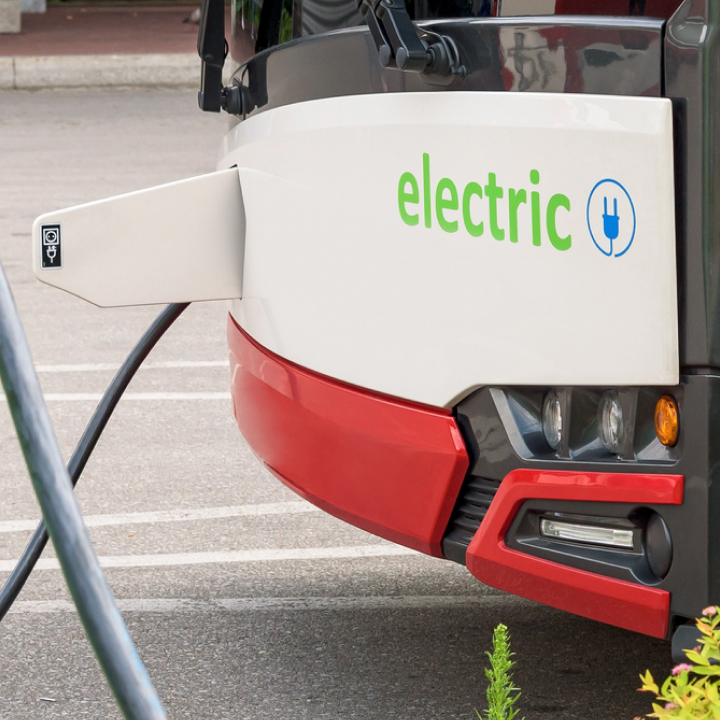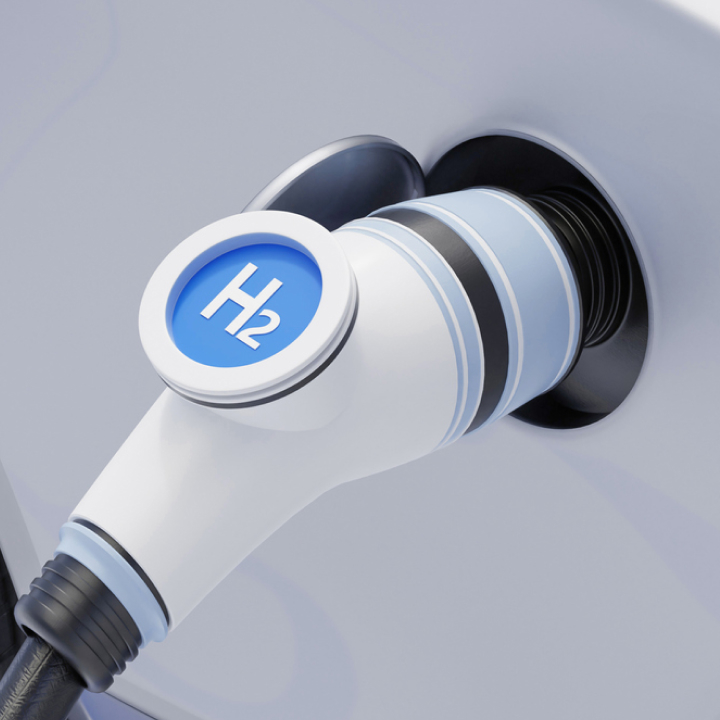Roadmaps
Once considered essential for any traveler, roadmaps were the primary tool for navigation and trip planning for a long time.
Until the early 2000s, paper maps still played a dominant role during journeys, allowing travelers to plan stops and avoid getting lost. Some people would plan their trips in advance, while others would purchase a roadmap on the go, perhaps at a gas station, where shelves were filled with detailed maps of the world.
However, although we may not have noticed it (since there were no alternatives), this solution was somewhat impractical: often bulky and not always up-to-date, maps required a good deal of patience and skill to read correctly. And while people were more accustomed to navigating by following road signs, it wasn’t an easy task for everyone.
The advent of GPS
With the commercial availability of the GPS (Global Positioning System), road navigation experienced a monumental shift.
By the late 1990s, a GPS navigator was all you needed to receive precise voice-guided directions in real time. This technology spread rapidly, and in just a few years, roadmaps had to make way for digital solutions.
GPS also transformed the concept of roadmaps, making them available in digital form with customizable features for users (e.g., traffic conditions, speed limits, gas stations, etc.).
There’s still debate over whether these navigation systems have diminished the joy of “finding the way,” “searching the map,” and, above all, the skill of orienting oneself by paying attention to signs, directions, and landmarks. However, user feedback, for better or worse, speaks for itself.
Smartphone navigators
The rise of smartphones and navigation apps brought another evolution in satellite navigation.
Today, numerous apps can serve as your travel companion. Thanks to them, road navigation has become more accessible and immediate. This means greater flexibility in planning routes and receiving detailed directions directly on your smartphone at any time.
These apps provide real-time traffic information, suggest alternative routes, and even warn of speed cameras and road hazards. Equally important, these apps are adapting to the new needs of sustainable mobility, offering travelers routes with the lowest CO2 impact.
How Our Way of Navigating Has Changed
The shift from roadmaps to smartphone navigators has undoubtedly revolutionized how we navigate on the road. Thanks to navigation apps, with voice and visual prompts guiding travelers step-by-step along the route, it’s possible to save time and stay focused while driving. Moreover, the ability to receive real-time information and access to always up-to-date maps has made navigation safer and more efficient.
This transformation has also significantly impacted our travel experience. Where once it was necessary to meticulously plan a trip with the help of paper maps, today, the itinerary can be planned once in the car, and the suggested route can automatically adjust to avoid unforeseen circumstances (for example, a traffic jam caused by an accident). Additionally, access to extra information, such as charging stations for electric vehicles along the route, reviews of points of interest, and restaurants, has further enriched our travel experience, allowing us to discover new places and enjoy spontaneous adventures.
Nostalgia for the past belongs only to those who lived during the era of roadmaps, which certainly had their positive aspects but likely wouldn’t appeal to digital natives today. We are all now accustomed to navigators on our smartphones or our car displays. Everything changes—or rather, everything evolves—and in this case, technological innovation has undoubtedly improved the comfort and safety of our journeys.




